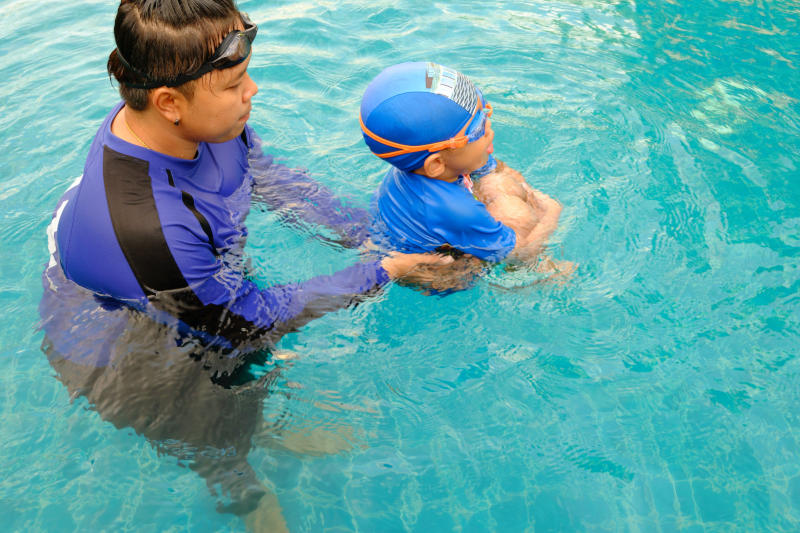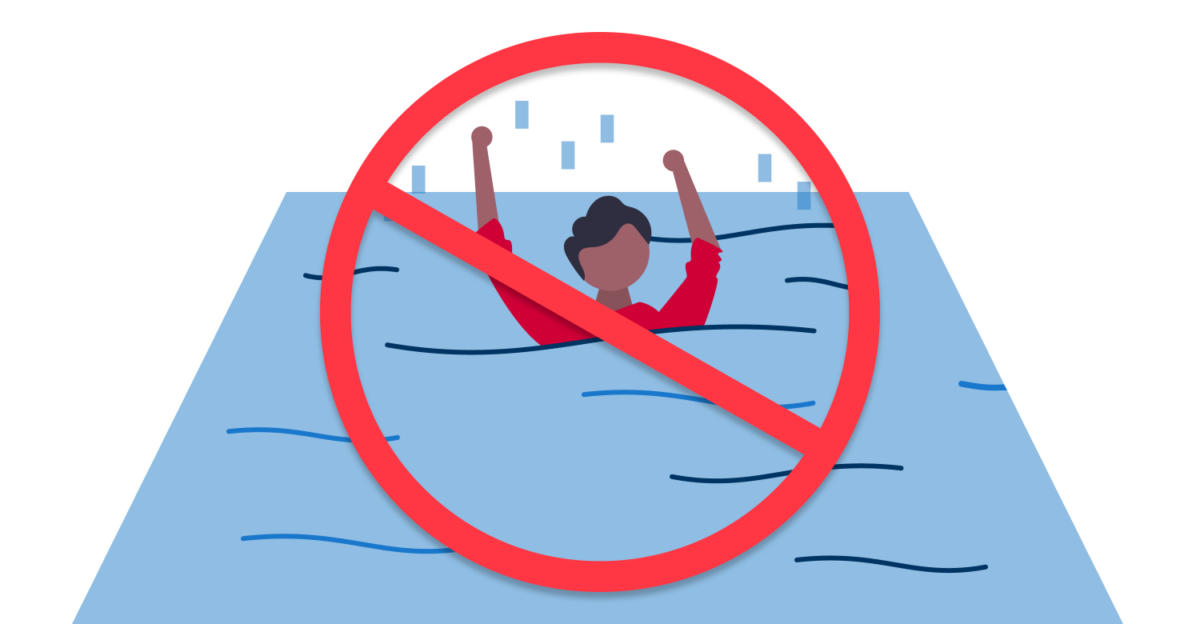On a planet that is 71% covered in water, it’s no surprise that the fondest memories of many people involve a day by the ocean or lake. Additionally, we depend on water to sustain life, clean ourselves, and transport people and cargo alike. Water is a central part of all of our lives, but while it is vitally necessary, it also can hold great danger. For generations, people have asked how to prevent drowning not only for ourselves but for those around us.
According to the CDC, there are approximately 4,000 fatal drownings and nearly 8,000 non-fatal drownings each year. Despite facing a multitude of risk factors in life, drowning remains the leading cause of death in children aged one to four. How do we prevent so many lives from being lost unnecessarily?
Read on to learn more about how to prevent drowning in even the most high-risk areas, how to identify a drowning person, and what first aid is needed after a drowning occurs.
How to Prevent Drowning in High-Risk Areas
According to the University of Rochester, drowning can occur in as little as one inch of water. This drastically increases the number of high-risk areas in a home that can lead to a potential drowning.
Common indoor and outdoor areas to assess for drowning risk include:
- Bathtubs
- Swimming pools
- Ponds and lakes
- A pet’s water bowl
- Containers of water used to irrigate plants
With so many potential and common areas that can result in a person experiencing a drowning, awareness is crucial. There are several steps that can be taken to prevent drownings.
Prevention Steps in High-Risk Areas
If you have a young child, there’s no doubt that you have an endlessly long to-do list. It can be tempting to step away while your child is in the bath to swap a load of laundry or wash a few dishes, however, Hackensack Meridian Health Hospitals highlighted that drowning can occur in as little as 20 seconds.

Ensuring that there is always a responsible adult who has a clear and undistracted focus when children are playing around or in a body of water is an important step to answering the age-old question of how to prevent drowning. This guarantees a responsible party is ready, even if prevention steps aren’t enough.
While drownings are most common in children, adults need to be safe around water as well. It is important to ensure that functional and sturdy gates are in place to help reduce accidental falls into pools or other large containers of water.
While many states have implemented laws requiring that flotation devices such as life vests be used when out on lakes or ponds, a properly fitted life vest can also be a great way to prevent drowning in pools for new or inexperienced swimmers. We at ProTrainings suggest that everyone take swimming lessons as soon as they are able to safely participate in a class.
Signs of Drowning
Many people mistakenly believe that a drowning person will flail around and be very vocal in their attempt to save themselves. While this may be true in some cases, it is more common that a person drowning will be silent as their mouth is submerged below the water.
During a drowning event, a person may appear disoriented or unresponsive with their head low in the water or with their head tilted back and their mouth open. Their eyes may be glassy or closed. These are just a handful of potential signs, so keeping a watchful eye is important when anyone is around water.
In the time leading up to a drowning event, you may see a person in the water who isn’t using their legs in an attempt to tread water or appearing to move in any particular direction. Always keep an eye out to monitor for any unusual behavior as drownings can happen quickly. Ultimately, it’s important to be able to step in to provide critical first aid when needed through quick identification of a drowning victim.
First Aid for Drowning
Once a person has experienced a drowning, time becomes the most important factor in survival. The person should be removed from the water and placed on their back so they can be appropriately examined. As with any unconscious or unresponsive person, checking to see if they are breathing or have a pulse should be the first step.
If a person is not breathing, CPR should be performed immediately and emergency services should be called to ensure that the victim will have additional life saving resources on the way. We suggest that everyone reviews the current CPR recommendations and stays updated in their CPR training.
Taking the time to consider how to prevent drowning risks in your daily life can be a daunting task. From identifying the areas for drowning potential to learning the signs of drowning and what to do if someone is drowning, the focus on being prepared for an emergency becomes even more important.
If you want to ensure that you’re prepared to help step in and save a life, let our experienced staff select the appropriate high-quality CPR training to meet your needs. Contact us today to learn more about how ProTrainings can help you make getting CPR certified easier and more efficient.
